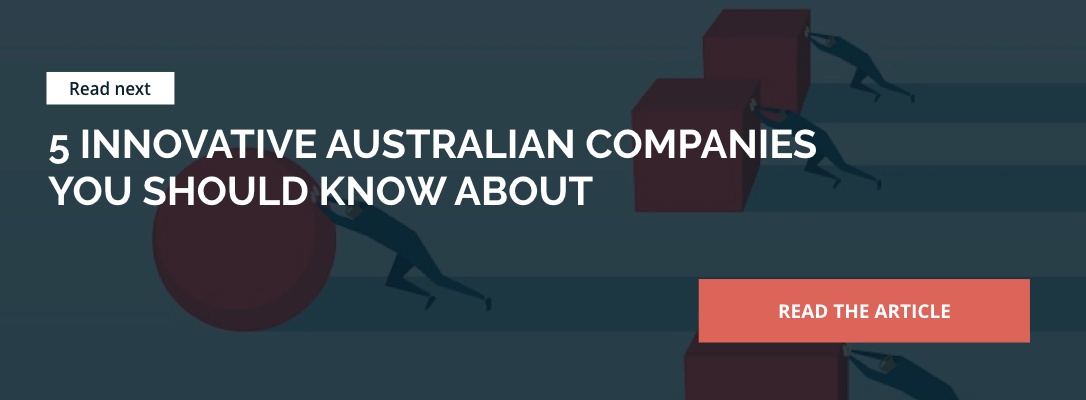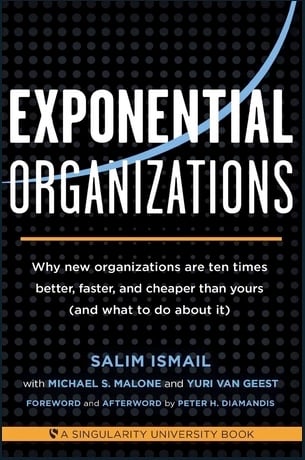Building an innovation pipeline means curating inspiration as a renewable resource. To accomplish this, you need to develop a system that both drives and supports an innovative culture.
Insight: Marketing leaders and executives consider innovation is crucial to business growth; however, they struggle to come up with innovative ideas that have business potential.
Data: Strategy&’s Global Innovation 1000 report reveals that there’s a significant difference in revenue (11%) and EBITDA (22%) growth for innovative companies. On the other hand, Clayton Christensen stated that 19 out of 20 product innovations fail.
Key Action Point: Ensure the application of best practices when developing an innovation pipeline for your business. Take a page from one of History’s Greatest Strategists, Thomas Edison.
Thomas Alva Edison is one of the greatest inventors of all time. He had a serious hearing defect that left him at a disadvantage in his job as a telegrapher. His situation compelled him to invent a printer that converted electric signals to letters. Realising his potential for greater things, he left his job and became a full-time inventor.
His greatest achievement was creating a light bulb that was a mass market product. He transformed the existing 50-year-old idea of electric light into a practical, affordable, and safe product for the home.
Because of Edison’s extraordinary penchant for looking ahead and improving processes, he has become an important symbol of innovation. Here are key points leaders can learn from him.
Build a System that Supports an Innovative Culture
Edison built systems to support his success — a large team and a patent to protect him from competitors. He ensured that his team had opportunity to get creative, urging them to bring ideas to the table. One of his lesser-known strengths was building teams and building an organisational structure that fosters creativity and innovation.
“If we did all the things we are capable of, we would literally astound ourselves.” — Thomas Edison
Click to tweet
In the same way, leaders today consider innovation as the holy grail of business, and its rewards are delighted customers and a competitive advantage. In fact, the Accenture 2015 US Innovation Survey revealed that 84% of leaders surveyed report that their future success largely depends on innovation.
However, some practices are actually killing the innovative spirit within organisations. Many brilliant ideas and proposed projects get denied or ignored. The top-down approach is an effective way to promote innovation, but some managers fail to encourage their teams to take risks and have an entrepreneurial mindset.
To be an innovative business, you need to embed a culture that drives innovation and establish practices and frameworks that support innovative thinking and refine ideas. Without these, scaling will be next to impossible.
Focus on What the People Need
Edison acknowledged that in order to be successful, he needs to create things with the end-user in mind. This would guide his thinking and decision-making, steering him away from the temptation of inventing for invention’s sake.
Edison’s solutions and inventions were all about practicality and sensibility. He understood that his work will serve and benefit the masses greatly, and this led him to master the art of selling himself as well as his technology. Thus, to this day, his name elicits a sense of inventiveness and advancement.
“Anything that won’t sell, I don’t want to invent. Its sale is proof of utility, and utility is success.” — Thomas Edison
Click to tweet
Your customers’ needs fuel your business. Have a look at your business: Are you addressing your customers’ current needs and pain points? Are you filling gaps? What are you doing to address their future unmet needs? Are there areas in your business that are simply making unnecessary setbacks and wasting customers’ time?
Understanding your customer’s needs and their pain points will enable you to effectively market your product or service.
Embrace Failure
The automatic vote recorder, the electric pen, the tinfoil phonograph, the talking doll — all these are Edison’s failed inventions. His botched ideas fuel his passion to innovate. He was not afraid to fail. In fact, his path to success was full of failures, but he was stubborn in his pursuit of success.
“I have not failed. I’ve just found 10,000 ways that won’t work.” — Thomas Edison
Click to tweet
Failing and, most importantly, knowing when to admit failure are critical steps of successful innovation. The issue is that most company cultures focus too much on performance and results. There’s little room for experimentation, and there’s no tolerance for mistakes.
Managers and leaders need to change this. To foster innovation, they need to provide their teams with the necessary space to experiment and learn from their mistakes. Each failure must bring you closer to your goal; this gives failure a positive value.
Innovate or Die
Most organisations today realise that they need to face the threat of disruption. Whether it’s due to technological changes, economic transitions, or some other disruptive force, the value of curating a culture that nurtures innovation is imperative.
The costs of such a culture may be high, immeasurable even. But the cost of ignoring the threat of being unprepared for change is too high for even the strongest businesses.
















